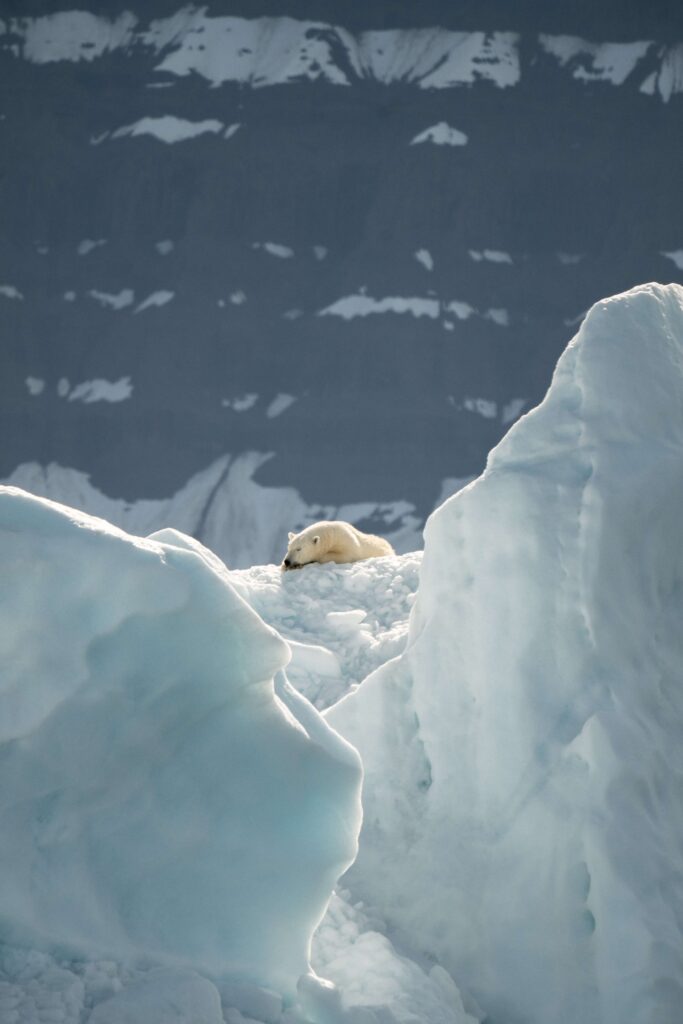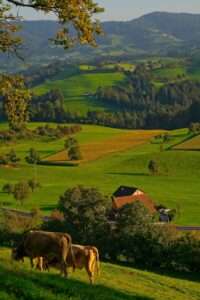By Cristen Hemingway Jaynes
The Norwegian Arctic is home to many animal species, including caribou, narwhals, arctic foxes, polar bears and seals, as well as the fish and plankton on which many of them feed. Recently, disturbingly high levels of toxic PFAS “forever chemicals” have been found contaminating ice in the region, which may present a serious problem for wildlife.
Measurements taken during a study led by Oxford University researchers found 26 PFAS chemical compounds in the ice around Svalbard, Norway, reported The Guardian.
Melting ice can carry the harmful chemicals downstream from glaciers into tundra and Arctic fjords, contaminating their ecosystems. The mixture of toxins pollutes the food web from plankton all the way up to apex animals.
“There’s a washout of contaminants that occurs seasonally… and some PFAS seem to be mobile during melts, which could be important to ecosystems downstream,” said lead author of the study Dr. William Hartz.
“[S]easonal snowmelt and runoff from post-industrial accumulation on glaciers could be a significant seasonal source of PFAS to ecosystems in Arctic fjords,” the authors of the study wrote.
The study, “Levels and distribution profiles of Per- and Polyfluoroalkyl Substances (PFAS) in a high Arctic Svalbard ice core,” was published in the journal Science of the Total Environment.
PFAS are used to make consumer products that are resistant to stains, heat and water, but they don’t break down naturally in the environment, hence the term “forever chemicals.” They consist of a class of around 12,000 chemicals that have been associated with kidney and liver problems, cancer, increased asthma risk and decreased fertility, among other complications.
PFOA and PFOS — considered to be two of the most dangerous PFAS compounds — were found in the ice in amounts higher than the U.S. safe drinking water limits, reported The Guardian. Levels of the refrigerant byproduct TFA were also found at especially high levels.
For More Visit https://www.ecowatch.com/pfas-forever-chemicals-arctic-norway-wildlife.html



